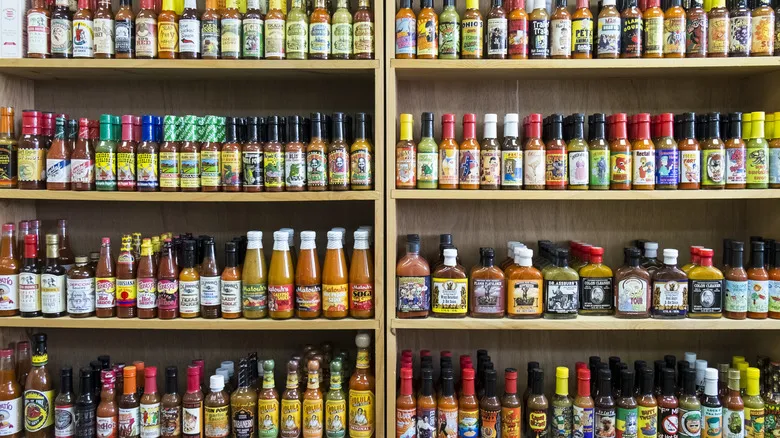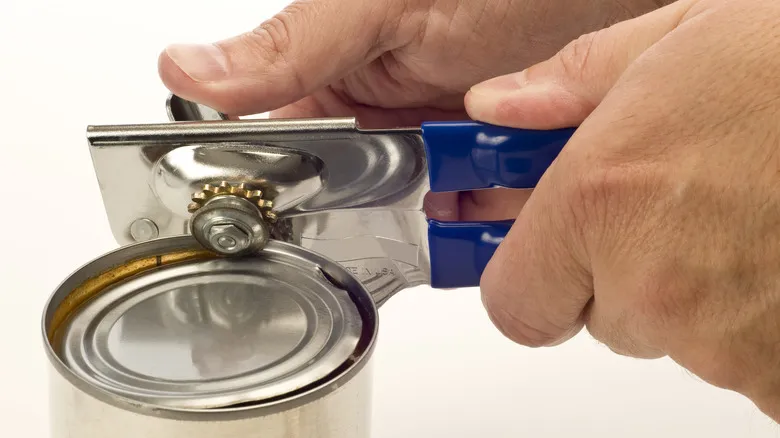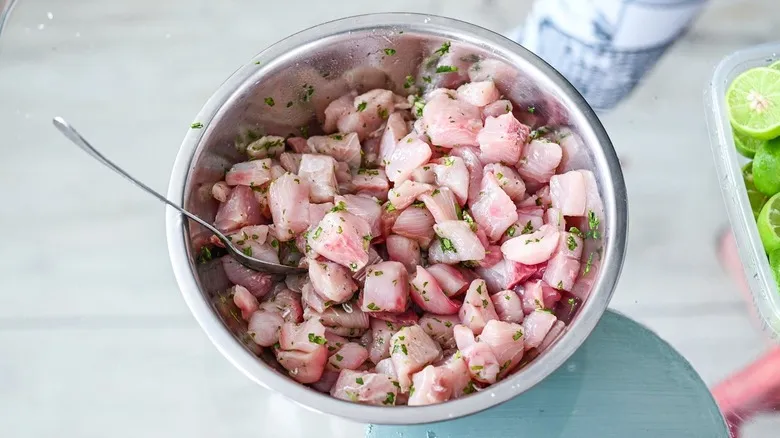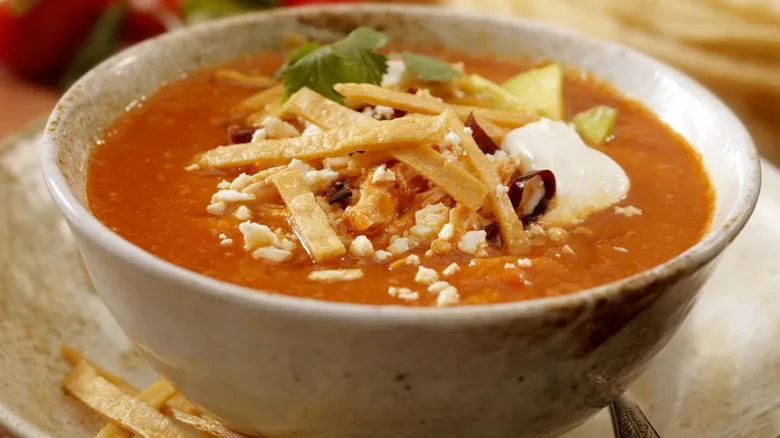Pairing soups and hot sauces

Hot sauce is a simple way to enhance your soup, allowing you to add as much or as little as you desire, whether as an ingredient or a topping. It pairs well with store-bought, canned, or homemade soups. The key is to familiarize yourself with the various types of hot sauce and their unique flavors.
Common hot sauces found in stores and restaurants, such as Tabasco, Tapatio, and sriracha, typically share similar ingredients: chili peppers, vinegar, salt, and sometimes garlic, along with other spices. They make a great quick addition to classic soups like chicken noodle, navy bean, and tortilla soup. Meat-and-bean soups particularly benefit from these hot sauces, as they are essentially diluted chilis, and hot sauce is likely a secret ingredient you already use in your chili.
One of the main factors that sets hot sauces apart is their heat level. Peppers contain a compound called capsaicin, which determines their spiciness. This is measured in Scoville Heat Units (SHU). Milder peppers, like chipotle, range from about 10,000 to 20,000 SHU, while habanero (or Scotch bonnet) falls between 100,000 and 350,000 SHU. The current hottest pepper, Pepper X, reaches around 2.7 million SHU. Therefore, depending on your spice tolerance, just a dash or two of the extremely hot varieties will suffice for a bowl of soup.
Get inventive with creative pairings

The excitement begins when you explore the diverse range of hot sauces and soups. If you're not in the mood for something purely spicy, why not try a smoky flavor? Cholula Chipotle Hot Sauce encapsulates the smoky and sweet essence of dried peppers in a convenient bottle. Korean gochujang, which also enhances breakfast burritos, is a red chili paste that skillfully balances smoky, spicy, and umami flavors in various ways. Both of these sauces make excellent additions to creamy roasted tomato soup or a smoky potato bacon soup.
If you're leaning towards something sweeter, there are plenty of fruit-forward hot sauces that deliver heat while also offering sweet and citrusy undertones. Weak Knees, from Brooklyn's Bushwick Kitchen, excels at blending sweet fruits with hot peppers. Their Crisp Apple Jalapeño provides a delightful kick along with refreshing green apple notes, making it a great match for cold gazpacho or to add a zesty twist to Swedish fruit soup. Alternatively, you can incorporate the citrusy, sweet heat of Arizona Gunslinger Habanero & Mango Pepper Sauce into roasted butternut squash or a Thai-inspired coconut and pumpkin soup.
Recommended

11 Mistakes Everyone Makes When Preparing Beef Jerky

Get The Gunk Out Of Your Can Opener With 2 Kitchen Staples

Gordon Ramsay Thinks Every Kitchen Needs 2 Types Of Blenders

The Type Of Fish You Should Avoid Buying When Making Ceviche
Next up

